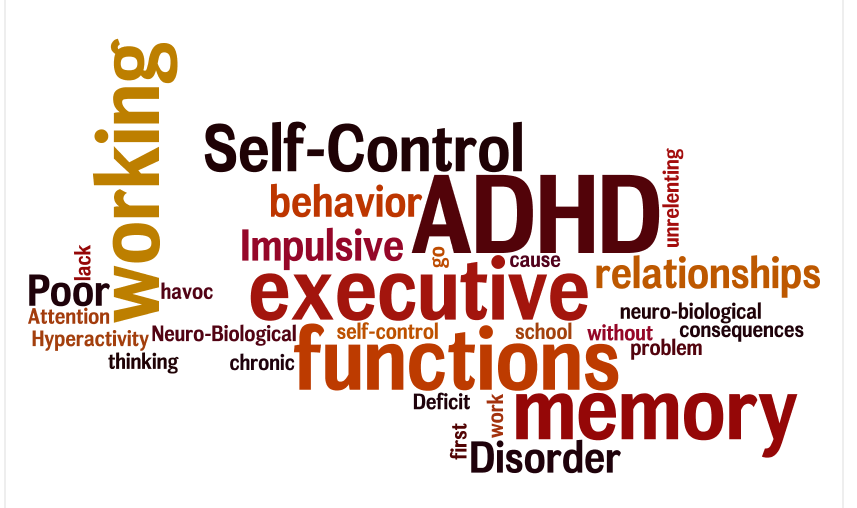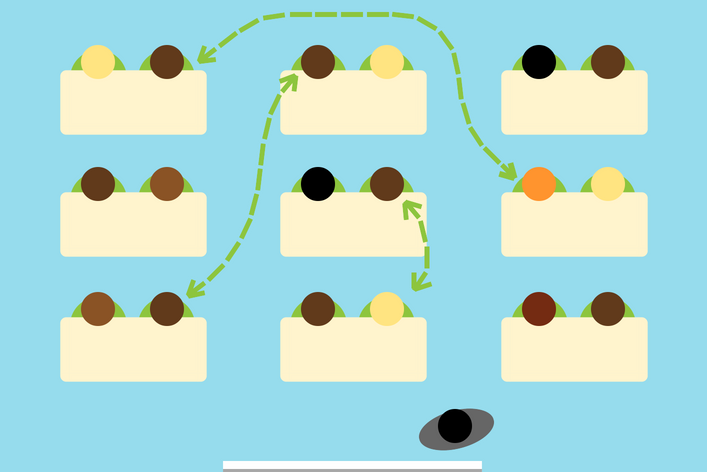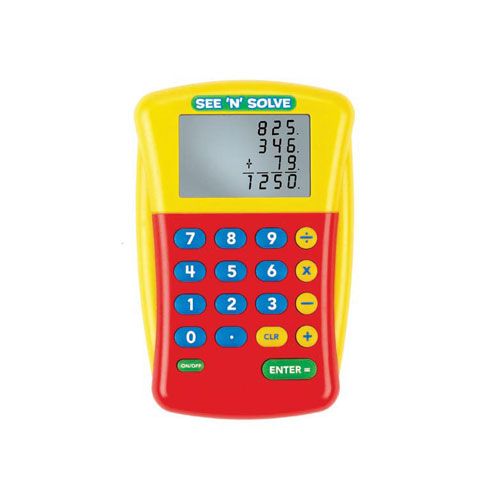Topic outline
-
-
A Brief Introduction to this Module:
-
Learning Objectives
- Describe what ADHD/ ADD is and how it can affect learners and their learning
- Identify the characteristics of dyslexia
- Locate and recognise possible support strategies for your to share with your learners and/or implement in your teaching.
DON'T FORGET TO WRITE THESE DOWN SO YOU CAN REFLECT ON YOUR ACHIEVEMENT AT THE END OF THE SESSION!
-
This is the powerpoint for the delivered version of this session.
-
ADHD: A Different Way of Experiencing the World

What do Richard Branson, Emma Watson, Justin Bieber and Olympic gymnast Louis Smith have in common? The answer to this question is that all of these highly successful individuals have ADHD (Attention Deficit Hyperactivity Disorder).
ADHD is a hidden developmental disability and therefore falls under the Equality Act 2010. However, it is important to recognise that this can simply be viewed as a different way of experiencing the world. Indeed, as the list of names above suggests, those with ADHD often bring a range of talents to any environment in which they are placed. These frequently include the following:
- Creativity
- Inventiveness
- Intuitiveness
- Big picture thinking
- High energy & perseverance
- Risk taking - leading to discovery
- Intense/ hyper-focus
- Deep processing, enabling broader observations
But what does having ADHD actually feel like? Watch the video below to hear from a variety of those with ADHD about how it affects their day to day lives.
ADHD & Teaching
In the course of your teaching, you are highly likely to encounter learners who have ADHD, which is defined by the NHS as a behavioural disorder; frequently manifesting itself in such symptoms as inattentiveness, hyperactivity and impulsiveness. What implications does this have for us in the classroom if we discover that we have a learner in the group with ADHD?
Whilst it is important not to view ADHD in too negative a light - as we have noted, those who have it are often highly able and frequently highly intelligent - the traits listed above will require a measure of support. The most important factor to consider is that a learner with this condition might find it more difficult to sustain focus than the majority of their peers. This might lead to them moving from one incomplete activity to another. Planning and organising assignments can also prove difficult for learners with ADHD. In addition, some may also struggle to behave appropriately at all times: blurting out comments that they later regret or failing to take turns in discussions, which obviously has implications for classroom management.
Those who have this condition are also highly likely to present with a range of other issues, which can make matters even more complex: around 40% of young people with ADHD also exhibit other forms of neuro-diversity such as dyscalculia, dyspraxia and dyslexia; 50% present with behavioural disorders; and anxiety and depression afflicts roughly 30% of those diagnosed.
Isn't this Just a Boys' Issue?
Whilst it is true that this condition is stereotypically associated with young males, there is a growing body of evidence to suggest that girls are just as likely to have it. Unfortunately, however, boys are 3/4 times more likely to receive a diagnosis.
Are there any differences in the way ADHD manifests itself between male and female learners? Jessica McCabe, an ADHD advocate, states that, although we must be careful not to overgeneralise, the following distinctions can often be drawn:
Boys
Girls - Are likely to have a record of getting into trouble at school or in the workplace
- More physically aggressive
- Symptoms more likely to be externalised
- Will often interrupt when others are talking
- Externalise frustrations
- Have behavioural issues; cause trouble with others
- Tend to have difficulties with social relationships and at home
- More verbally aggressive
- Symptoms more likely to be internalised
- Frequently space out while others are talking
- Tend to turn pain and anger inward
- Suffer from low self-esteem, anxiety and depression
-
Strategies to Assist Learners with ADHD
As we have noted, ADHD is a complex condition which may appear to present considerable challenges for us as teachers. However, if we have a learner who is a has this form of neurodiversity we have a legal duty to do everything in our power to ensure that these are overcome. Consider adopting the following approaches, suggested by Fintan O'Regan, when planning and delivering your sessions:
- Talk to the Learner: Right from the start of term use the tutorial process to reach out to the individual. Check with them the types of issues they have encountered in the past and elicit any strategies employed by previous teachers that they have found beneficial. You need to ensure, just as is the case for every student you have dealings with, that they feel comfortable in seeking assistance.
- Encourage learners to modify behaviour with apps: Apps such as Brain in Hand have been shown to be highly beneficial for some ADHD learners who struggle to regulate their behaviour, helping them to make decisions, manage anxiety and deal with unexpected situations.
- Avoid changes in schedules: Changes to the timetable, or the location of classes, can prove to be difficult for learners with ADHD. Any form of change or unplanned activity might trigger a negative response, so it is particularly important to monitor them during activities such as visits.
- Think about your seating plan: It can be useful to seat the learner at the front of the class, quite close to you. The fact that their back is to the rest of the students means that they are less likely to become distracted.

- Positive Role Models: Whilst considering your seating plan, also do your best to place the learner with peers who are usually hard-working and engaged. Their benign influence is likely to help them to maintain focus too.
- Peer-Teaching: Once you have identified a group of learners with whom the student with ADHD appears to work well, try to exploit this by planning plenty of co-operative learning: paired and small group activities during which peer-teaching can take place.
- Beware of distracting stimuli: Take a look around the space in which you are going to teach. Are there any things such as heater vents, or gas taps close to where the learners is going to be sitting? If that is the case, it might be wise to move them away from these potential trigger points. High levels of background noise can also prove to be extremely distracting for someone with ADHD: think about whether your learner is likely to be assailed by the roar of traffic when you open the window if your classroom overlooks a busy road; similarly if there is a lot of noise coming from classrooms or the corridor you should intervene.
- What about Posters? In other modules we have spoken at some length about the benefits of creating a visually rich environment. However, for an ADHD learner posters and other wall displays might be simply too distracting. Clearly, as Gemma Corby has pointed out, there is a potential tension here between the needs of the many and those of the few. Give careful thought to how you can go about striking a balance. Once again, consider your seating plan, focusing on lines of sight. If you can seat the learner in a position where they are not looking directly at the materials on the walls, they should not present too great a problem.
- Wearing Headphones in Class: For some learners the ability to block out potential distractions by wearing headphones can be extremely useful. This might run counter to our instincts as teachers but should be permitted.

- Maintain Eye-contact: When giving verbal instructions it is important to maintain eye contact.
- The Three Cs: Make any directions clear and concise and consistent. When launching an activity, it might be a good idea to get the learner or another member of the group sitting at their table to repeat what needs to be done, as it is important that you are sure that the task is understood before it commences. Writing instructions for the task on the board in bullet point form is also a simple way of minimising the risk of the learner becoming disengaged due to confusion.
- Movement in the Classroom: Controlled movement in the classroom might actually be beneficial, providing an escape valve. However, this must be handled with care: once again, it is it vitally important that boundaries are established by setting out instructions with great clarity.
- One Task at a Time: To prevent the learner becoming overwhelmed, set only one task at a time and monitor this frequently to ensure that they are on track. Over the course of the academic year, you should, however, be aiming to wean the learner off this close attention so that they gradually become more independent.
- Assessments: Ensure that knowledge is being tested and not simply attention span. With this in mind, perhaps consider whether a menu of different assessment options can be provided for learners to choose from. It is also good practice to consider the extent to which assignments might be broken into more manageable chunks.
- Literacy: Some learners with ADHD struggle to put written work together in the way that you and I would: content, punctuation, handwriting and spelling are all things that need to be considered separately. It is therefore important to allow for more time and provide scaffolding ,in order that the student can get the ideas out, draft and correct them.
- Breakout Zone: Consider establishing a reduced stimuli workstation to which the learner can retreat if they feel they are in danger of being swamped by sensory input.

- Organisation: To ensure that tasks are not forgotten and that the learner keeps on track, write homework in a planner. This organisational tool is particularly important for ADHD sufferers as this is an aspect of life they frequently struggle with.
- Praise in Public; Reprimand in Private: As learners with ADD/ ADHD frequently have issues with low self-esteem, Gemma Corby recommends giving praise, when warranted, in front of the whole class, but having private conversations when the need arises to tackle issues connected to poor behaviour.
- Give ADHD learners a leading role in group work: Learners with ADHD will frequently thrive when given the role of team leader, or spokesperson for a group. Their creativity and ability to see the big picture will make them particularly suited to this.
- Talk to the Learner: Right from the start of term use the tutorial process to reach out to the individual. Check with them the types of issues they have encountered in the past and elicit any strategies employed by previous teachers that they have found beneficial. You need to ensure, just as is the case for every student you have dealings with, that they feel comfortable in seeking assistance.
-
Leave a Comment on the Forum Link Above
- If you have ADD/ ADHD yourself, what sort of impact has this facet of your identity had on you? From the perspective of being a learner, have any strategies been particularly useful?
- If you have taught any learners with ADD/ ADHD, which TLA strategies did you find to be most effective?

-
View Receive a grade
What can you recall about ADHD? Click on the link above to do a short quiz.

-
Submit feedback
Please tell us if this page was useful - if you found anything confusing please let the QIC Team know by emailing one of them direct.
-
Dyslexia: Dyslexic minds process information differently. Our divergent, lateral thinking has created some of the world's greatest inventions, brands and art. Yet dyslexia is still perceived as a disadvantage.
Before we turn to the challenges learners with dyslexia face, it is important to recognise the sort of strengths their form of neuro-diversity often possess. These include the following:
- An inquisitive mind, which is able to absorb information from a range of sources
- An ability to visualise how things will look
- Good lateral/ critical thinking skills
- The ability to make connections between different concepts
- The ability to perceive patterns in information and inter-relationships between ideas
- Being intuitive and innovative
- Fault identifying and troubleshooting skills
- The ability to take a holistic approach
- Have good spatial awareness
-
When we consider all of the above, there appear to be strong grounds for thinking that having a dyslexic learner as part of a group should be thought of as something to be welcomed. Just consider for a moment the sort of insights their perspective might bring to discussions and problem solving activities in particular!
-
Watch the TED Talk below to find out more about why we should avoid falling into the trap of viewing dyslexia as a dreadful handicap:
-
To learn more about what it is like to live with dyslexia, listen to the experiences of a number of figures from the worlds of the Arts, Sport and Business who share this form of neuro-diversity:
-
According to the NHS (2018) Dyslexia is a common learning difficulty that can cause problems with reading, writing and spelling. It's a specific learning difficulty, which means it causes problems with certain abilities used for learning, such as reading and writing. Unlike a learning disability, intelligence isn't affected.
-
-
-
Dyslexic learners tend to...
- Learn by experience rather than being told
- Learn best when highly engaged in the topic
- Recall patterns rather than sequences
- Need to make meaningful connections to secure things in their long-term memory
- Think holistically rather than step-by-step

-
Useful Strategies for Teaching & Training
The Education & Training Foundation, in their extremely useful resource guide Dyslexia: Supporting Learners With Dyslexia, provides the following list of top tips:
Reading
- Ensure that you identify, explain and discuss new vocabulary when it arises. Word lists with clear definitions can be useful here
- Allow plenty of time to read instructions for a task
- Where there is a danger of the learner feeling swamped, guide them as to the most important documents or key paragraphs that need to be read
- Be available to clarify and answer questions
- Make documents more accessible (colour of paper etc.)
-
Writing
- Give examples/ use templates
- Provide lists of useful phrases
- Offer help with how to plan, structure and organise work
- Build in time for group or pair discussion of concepts and planning before embarking on the individual writing task
- Where possible, permit the use of spell check and other assistive technology software
- Permit the use of spelling dictionaries
-
Speaking & Listening
- Suggest using a storyboard or model-mapping to plan out what to say
- Allow plenty of time for practice where learners are require to give presentations or sit oral exams
- When providing instructions, set out the overall aim before breaking it down into steps
- Ask the learner to repeat back or summarise any instructions you have given
- Where the oral instructions are complex, provide a written back up for them to read
-
Numeracy
- Colour lines in a chart or table differently to make it easier for the learner to track across
- Advise learners to use a reading ruler
- Provide a re-usable checklist covering the steps needed in calculations
- Advise learners to practise estimating to identify obvious input mistakes
- Suggest a visual calculator with coloured keys and large numbers
-
Leave a Comment on the Forum Link Above
- If you are dyslexic yourself, what sort of impact has this facet of your identity had on you? From the perspective of being a learner, have any strategies been particularly useful?
- If you have taught any dyslexic learners, which TLA strategies did you find to be most effective?

-
View Receive a grade
What can you recall about dyslexia? Click on the link above to do a short quiz.

-
Submit feedback
Please tell us if this page was useful - if you found anything confusing please let the QIC Team know by emailing one of them direct.
-




